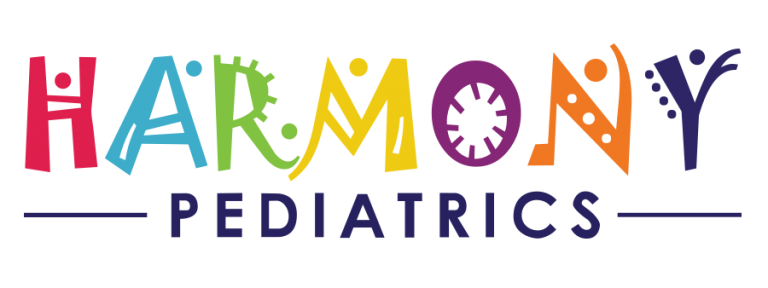For new parents, seeing a small mark on their child’s skin with a reddish hue is a cause for concern. “Is that cancer” “Should I be concerned,” and “Will they go away” are common questions that new parents ask their holistic pediatrician upon discovering birthmarks. Although birthmarks are rarely a cause for concern, here’s what parents need to know about the health of their child’s skin and complexion. There are two main types of red birthmarks. The first are called salmon patches and these are flat. The second are called capillary hemangiomas and these are typically raised off the skin.
What Causes Capillary Hemangiomas?
Let’s be honest, the scientific name for strawberry birthmarks — hemangiomas — is intimidating and scary for parents and children alike. However, ANGIOMAS form when a child’s blood vessels, particularly those close to the skin’s surface, formulate their internal connections inappropriately. As a result, the vessels clump together and push upward, creating a small mark on the surface, typically showcasing a bright red or purplish glow.
While the majority of ANGIOMAS are trivial, there are specific signs that parents need to familiarize themselves with before consulting a pediatrician:
-
Itchiness
-
Bulging
-
Bleeding
-
Sensitivity
-
Non-uniform color
-
Discharge leaking from the area
If your child experiences any of the issues listed above in relation to their ANGIOMAS, make an appointment with your holistic pediatrician soon.
Normalization and Removing the Stigma Surrounding Angiomas and Salmon Patches
One issue that a holistic pediatrician attempts to solve is the social stigma associated with birthmarks. Children are observant and ask tons of questions, and when they see another child with a skin condition that differs from the norm, they’re bound to ask questions or make jokes. Knowing this, how do we, as parents, fight back against the stigma of skin-related issues and normalize imperfection?
For starters, it’s essential that we teach our children that most birthmarks fade with time. Although outlier cases exist, many blemishes fade into obscurity by the time a child enters their teenage years. More specifically, holistic pediatricians have all-natural solutions to diminish the appearance of birthmarks, improving your child’s confidence and self-esteem over the course of treatment.
However, we need to understand the social dynamics of our young patients and let them know it’s OK to be different. In fact, difference is the essential element of life, and if every child looked the same, life would be boring and dull.

